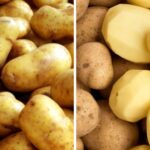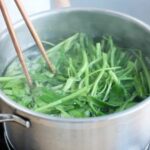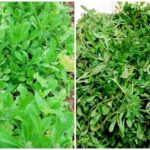1. The Art of Seasoning

Firstly, soy sauce, sugar, and seasoning powder are all essential for enhancing freshness. Sugar plays a crucial role in keeping ingredients fresh, while soy sauce and seasoning add depth of flavor. However, it’s important not to overuse these seasonings to avoid overpowering the dish.
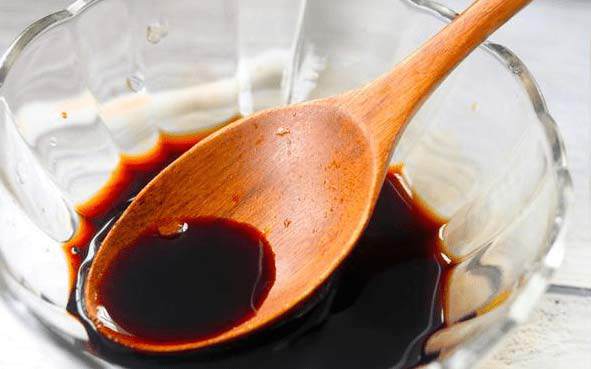
Secondly, vinegar, five-spice powder, and vegetable oils are key to enhancing the aroma of your dishes. For stir-fried vegetables, pork fat is recommended for a richer, more aromatic flavor. Vinegar is perfect for adding a tangy touch to dishes and can also help neutralize unpleasant odors. While five-spice powder is commonly used in grilled meat dishes, it’s important not to overuse it.
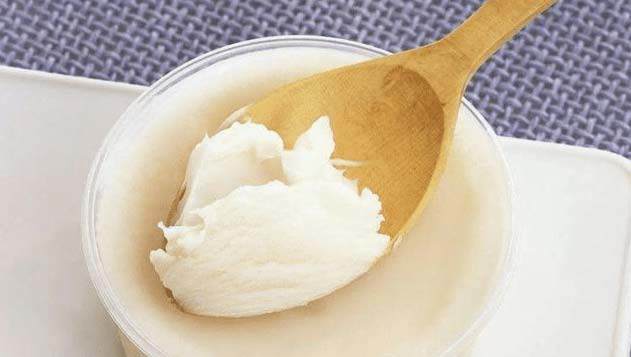
Other seasonings to consider include: Oyster sauce, chili sauce, and more. Just remember, a little goes a long way, so don’t overdo it.
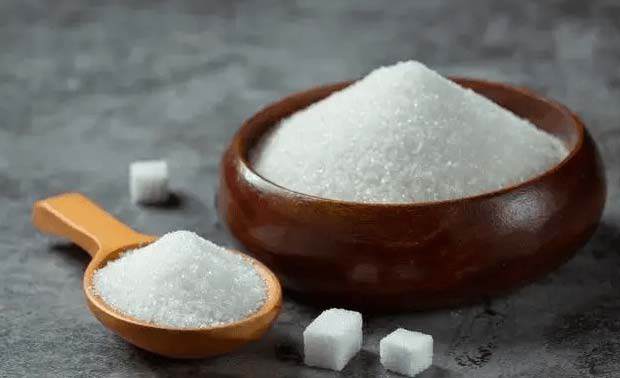
In case your dish turns out too salty, sour, bitter, or spicy, a pinch of white sugar can help balance the flavors and make it more palatable.
2. Tender Fried Meat
To achieve tender, delicious fried meat, keep these techniques in mind:
Firstly, cut the meat along the grain to ensure tenderness, aroma, and prevent it from falling apart.
Secondly, marinate the meat with salt, soy sauce, and pepper, then add an egg white and a small amount of starch. Finally, coat the meat with a layer of oil to seal in the moisture, ensuring tenderness even after frying.
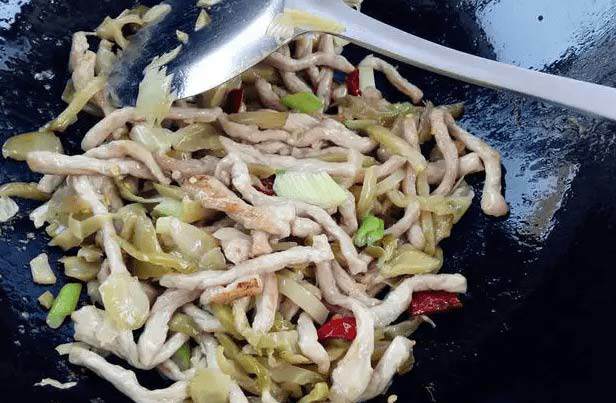
Thirdly, heat the oil and pour it into a bowl, then add the marinated meat. Fry quickly and evenly until the meat turns color, resulting in a golden, mouthwatering dish.
3. Crispy, Golden Fried Food
To achieve a crispy, golden crust on your fried foods, prepare a batter with the following ingredients: Flour, cornstarch, egg, baking powder, salt, yogurt, and a can of beer. Mix well.

Dip your meat or vegetables into the batter and fry in hot oil. For the best results, fry in two batches to ensure a crisp, golden exterior. This method also ensures that your food stays crispy and doesn’t become soggy as it cools.
4. Blanching Ingredients
Blanching is an essential cooking technique. It helps remove any unpleasant odors, eliminate toxins, and partially cook your ingredients.
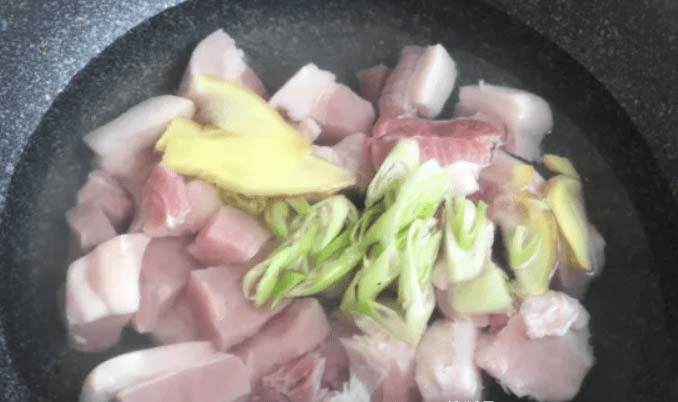
For vegetables, blanching is crucial to removing toxins. Certain vegetables, like spinach and garlic sprouts, particularly benefit from this process. Adding oil and salt to the blanching water helps retain the vibrant green color of the vegetables.
The blanching time varies depending on the type of vegetable. Typically, you’ll need about 30 seconds for leafy greens and 1-3 minutes for harder, denser vegetables.
For meat and fish, blanching effectively removes any unwanted odors. Simply place the ingredients in a pot with water and seasonings like scallions, ginger, and cooking wine, then bring to a boil for 3-5 minutes before skimming the foam and turning off the heat.
5. Soup Secrets
When making soup with fish or pork bones, a creamy white color and rich aroma indicate a successful dish. This is achieved through the effective emulsification of proteins and fats.
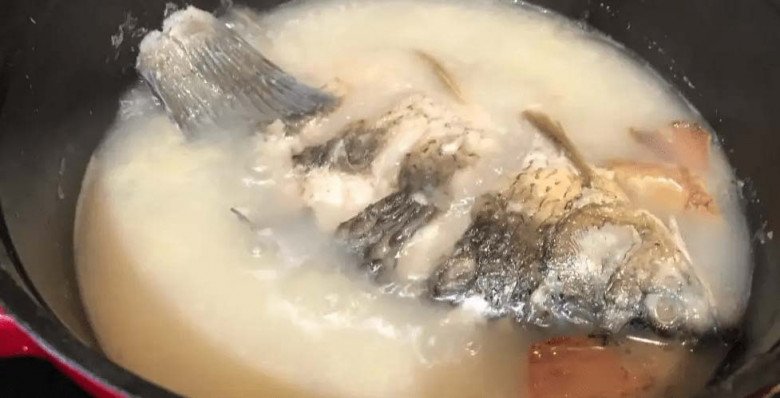
To achieve this, cook the soup over a high flame to ensure proper emulsification. For fish soup, try pan-frying the fish before adding it to the soup to enhance the aroma and color.
If you prefer a clear soup, simmer it over low heat. However, the flavor and aroma won’t be as intense as the previous method.
6. Heating Oil
The temperature of your oil directly impacts the outcome of your dish. When frying meat, use oil heated to 30-40% to ensure the meat remains tender and doesn’t toughen.

For stir-fries, heat the oil to a high temperature to quickly cook the ingredients, locking in their sweetness and aroma.
7. Using Spices
Stewed and braised dishes typically require more spices than other cooking methods. The four essential spices are pepper, star anise, cinnamon, and chili peppers. These spices add a tingling, spicy, and aromatic kick to your dishes.
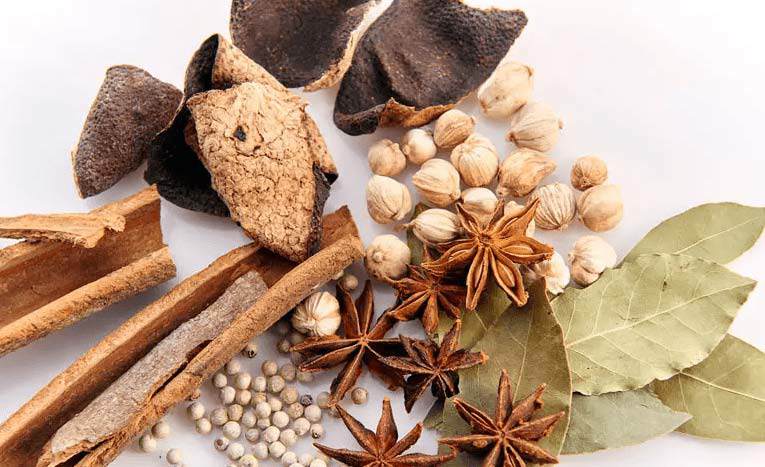
Stir-fried dishes also benefit from these spices, although pepper and chili are typically used more prominently than cinnamon and star anise.
5 Vegetables You Should Parboil to Remove Toxins and Ensure Family Health
In cooking, not all vegetables can be prepared as is; some may contain harmful substances that can be detrimental to our health. It is imperative to understand the intricacies of each vegetable and the potential toxins they may harbor. By doing so, we can ensure that our culinary creations are not only delicious but also safe and nourishing.
How to Store Okra to Last Until the End of Season: A Guide to Preserving Freshness for Delicious Okra Dishes
Introducing the ultimate guide to growing and cooking with rau khúc, the versatile herb that will elevate your culinary creations. With this guide, you’ll discover the secrets to cultivating your own abundant supply of rau khúc, and learn innovative ways to incorporate it into your favorite dishes. From savory rice cakes to delectable desserts, rau khúc will add a unique twist to your recipes, impressing your family and friends with your culinary prowess. Get ready to take your cooking skills to the next level and enjoy the delights of rau khúc all year round!


























